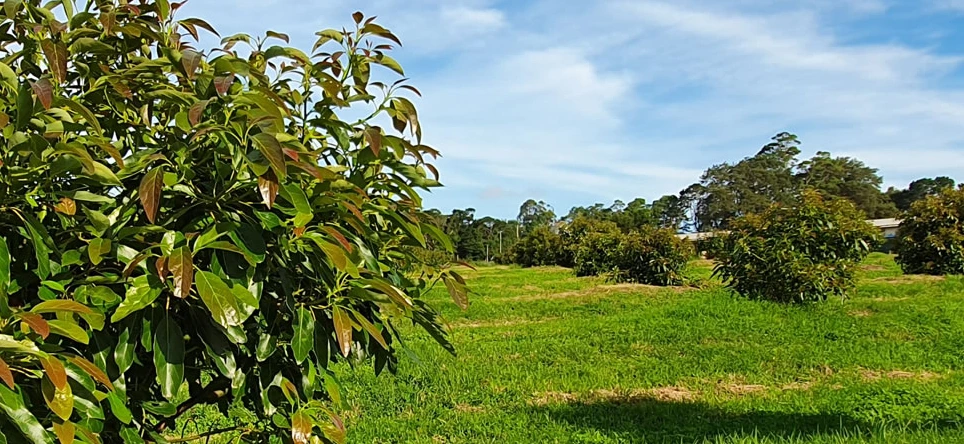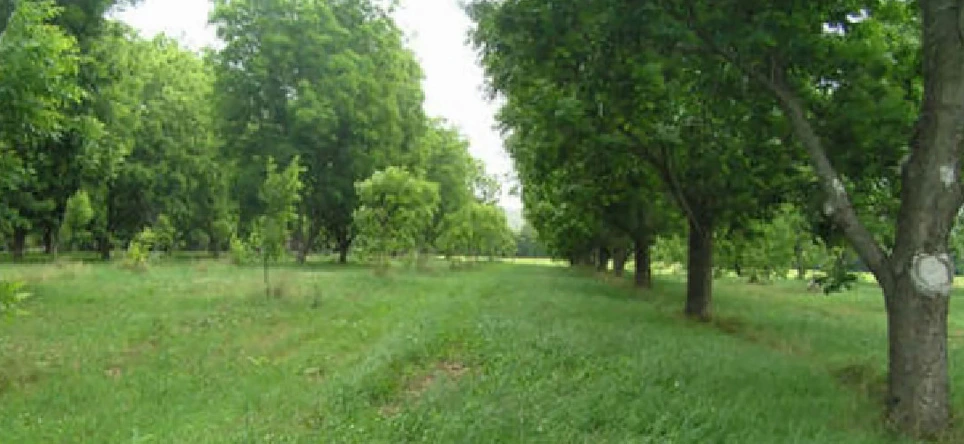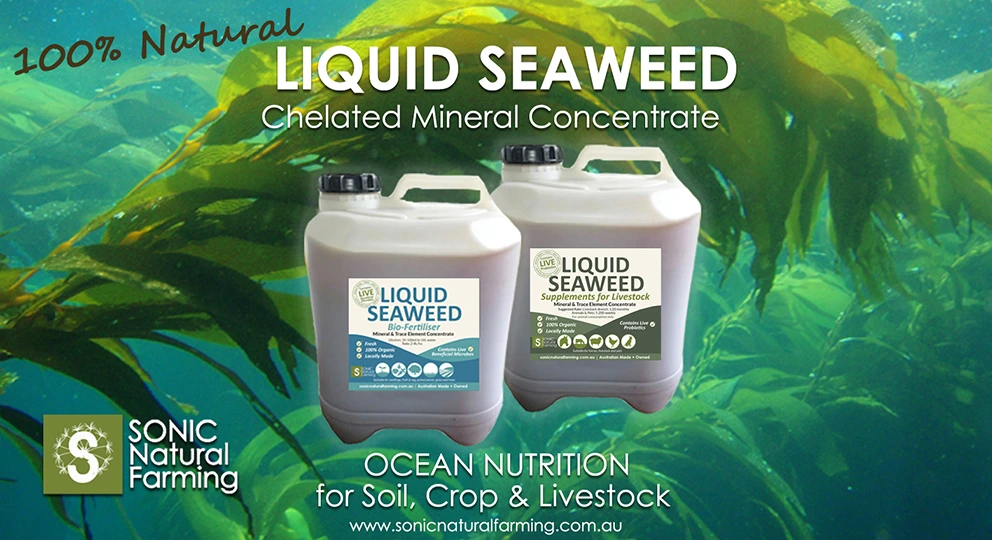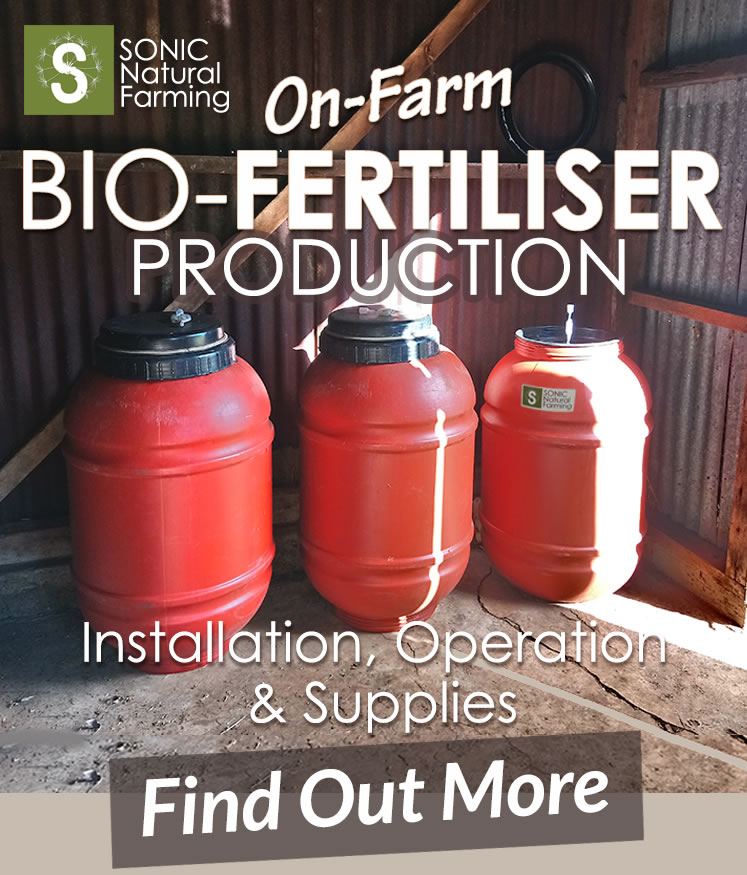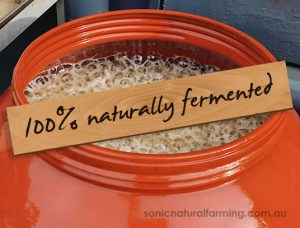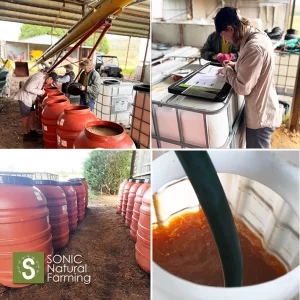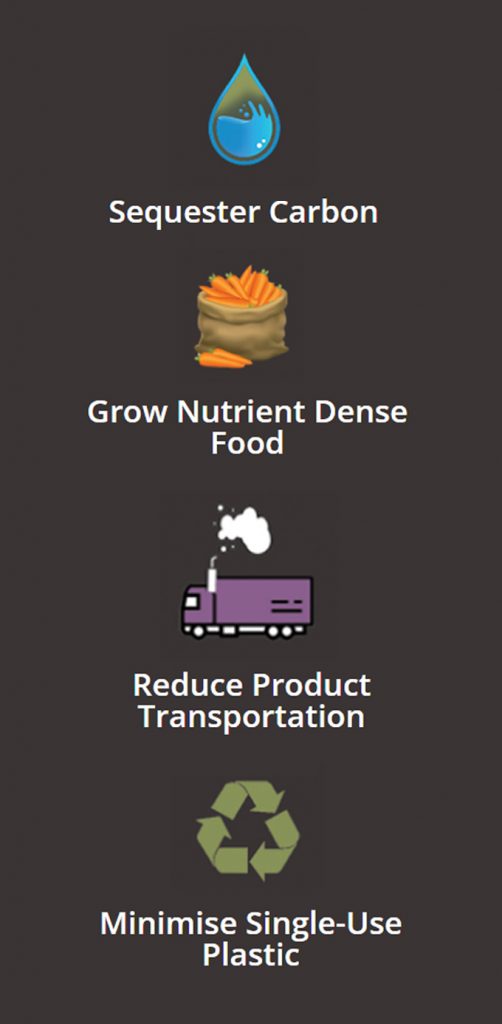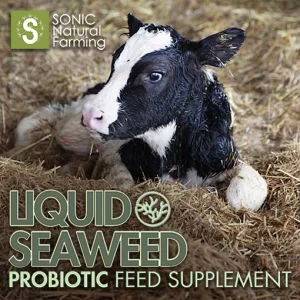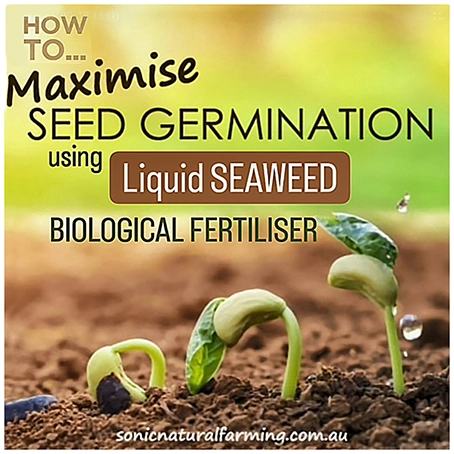The process of seed germination is crucial for successful plant growth. In this section, we will explore the impact of using Biological Seaweed Fertiliser on seed germination and the presence of white mould or green algae.
Mould and Algae
Mould is furry looking, and is usually white, yellowish or gray in color. Algae is more closely related to plants, and requires sunlight to grow. On the other hand, mould is a fungi. It needs moisture and organic matter to grow and does not need the light.
Algae, in controlled growing situations, can sometimes be hard to prevent. In a control study, however, where no Biological Seaweed Fertiliser was used, it was observed that a film of green algae developed on the surface of the soil, and looked like it hindered seed germination.
However, in side by side trays SONIC Biological Seaweed Fertiliser was applied, and there was little to no visible algae present. The use of seaweed products may, therefore, have a positive effect on preventing the growth of green algae during the early stages of plant development.
Seaweed Alginate To The Rescue
One possible explanation for this observation is the presence of natural alginate in seaweed. Alginate is a gelatin-like substance that can be found in seaweed kelp, and has been known to have various benefits in agriculture.
Seaweed’s alginate helps create an growing environment that is less conducive to the growth of green algae, but also contributes to promoting faster seed germination and healthier plant growth.
By utilising Liquid Biological Seaweed Fertiliser, gardeners and farmers can organically enhance seed germination, while minimising issues related to unwanted green algae growth.
Organic Nutrition from the Get Go
One of the key advantages of using Liquid Seaweed is its natural composition. Seaweed is rich in essential nutrients such as nitrogen, phosphorus, and potassium, which are vital for plant growth. These nutrients help to strengthen the immune system of microgreens and make them more resistant to diseases caused by algae and mould.
Additionally, Liquid Seaweed contains compounds such as cytokinins, auxins, and gibberellins that promote healthy plant development. These compounds enhance the overall vitality and resilience of microgreens, making them less susceptible to infestations.
Convenient Application Methods
The application of Liquid Seaweed is also convenient and easy. It can be sprayed directly onto the microgreens or added to their watering system. This allows for efficient absorption by the plants’ roots and leaves, ensuring that they receive all the necessary nutrients for optimal growth.
Seaweed Antifungal Properties
Furthermore, Liquid Seaweed has been found to have natural antifungal properties. Its bioactive compounds inhibit the growth of algae and mould by disrupting their cellular processes. This helps to prevent the formation of green or black spots on microgreens while maintaining their freshness and visual appeal.

Assisted Early Plant Growth
The growth-promoting substances found in Liquid Seaweed Fertiliser stimulate cell division and elongation in young plants. This results in stronger stems, increased leaf production, and overall enhanced plant vigor.
Moreover, Liquid Seaweed Biological Fertilisers not only accelerate seed germination, but also boost early growth rates. The nutrients provided by biological fertilisers support the development of healthy roots and foliage during the initial stages of plant growth. As a result, plants become stronger and more resilient, better equipped to withstand stressors such as drought or disease.
Using Liquid Seaweed Fertiliser as a seed treatment can have long-term benefits for plant health. Seaweed biological fertilisers are derived from seaweed extracts and contain essential nutrients, growth-promoting substances, and trace elements that can enhance seed germination and overall plant growth.
When seeds are treated with Liquid Seaweed Fertiliser before planting, they can experience improved root development and increased resistance to stress factors such as drought, disease, and pests. The nutrients present in the seaweed extract nourish the seeds during their early stages of growth, providing them with a strong foundation for healthy plant development.
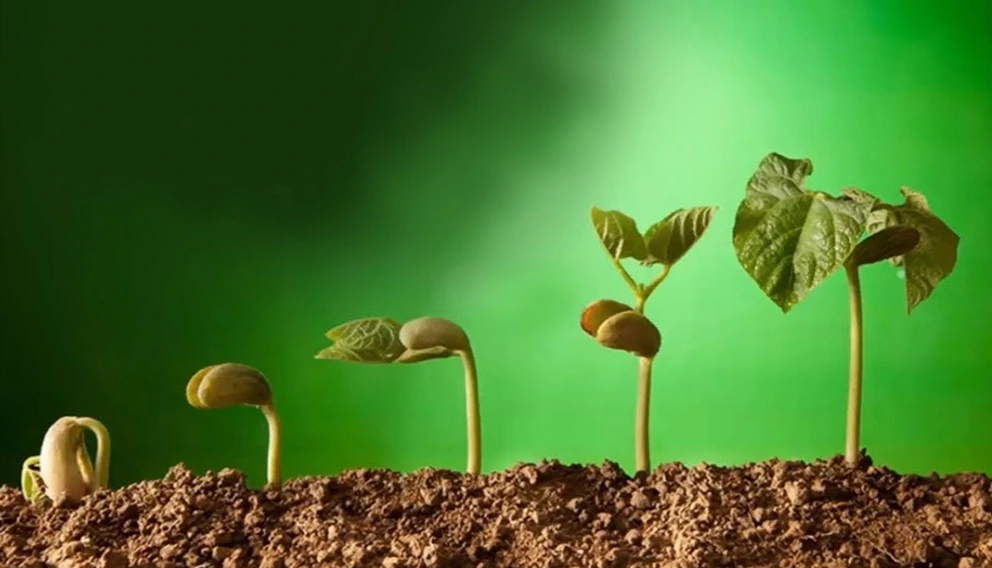
Early Plant Nutrition
Another advantage of using Liquid Seaweed Fertiliser on seeds is its ability to improve nutrient uptake. The trace elements present in the fertiliser help plants absorb essential nutrients more efficiently from the soil, leading to better nutrient utilisation and improved overall plant health.
Incorporating Liquid Seaweed Fertiliser as a seed treatment, and in early growth stages, can contribute to stimulating growth processes, and improving nutrient uptake.
Algae and Mould Reduction Summary
Overall, Liquid Seaweed Biological Fertiliser in microgreen cultivation, offers several benefits for minimising algae and mould growth. Its natural composition, nutrient-rich content, ease of application, and antifungal properties make it an effective solution for promoting healthy and vibrant microgreens while preventing unwanted infestations.
Watch Summit Organic Video, where mixed crop farmers Rod and Tania talk about their growing methods and using Fish Hydrolysate and Seaweed Biological Fertiliser to produce wholesome, nutrient dense food.
Kilburney Avocado Farm – Regenerative avocado farming using SONIC Fish Hydrolysate and Seaweed Biological Fertiliser. Read Farmer Review
Wilson River Pecans – Certified Organic Pecan Farm using Fish Hydrolysate. Read Review
“The real wealth of the Nation lies in the resources of the earth – soil, water, forests, minerals, and wildlife.”


